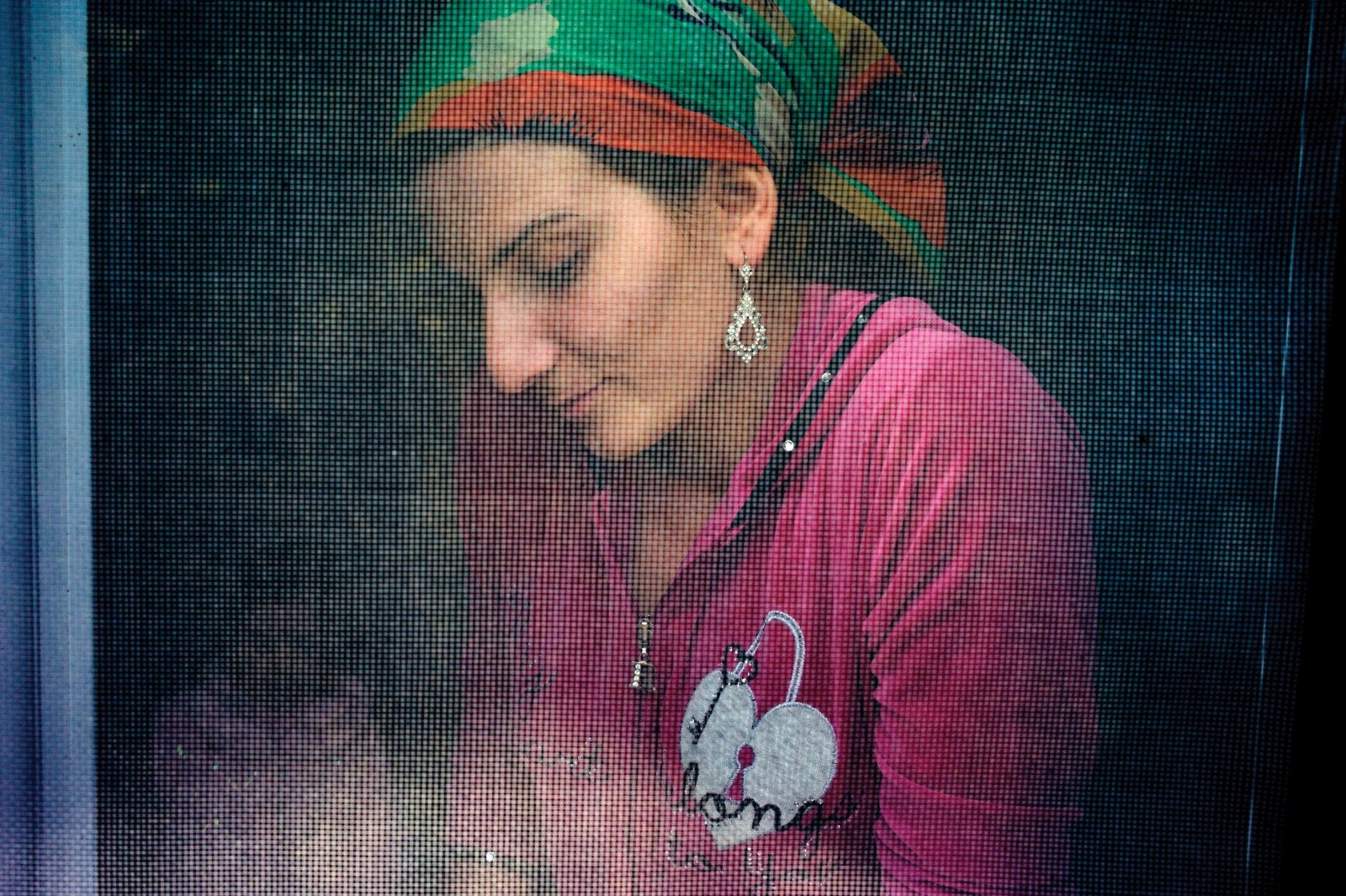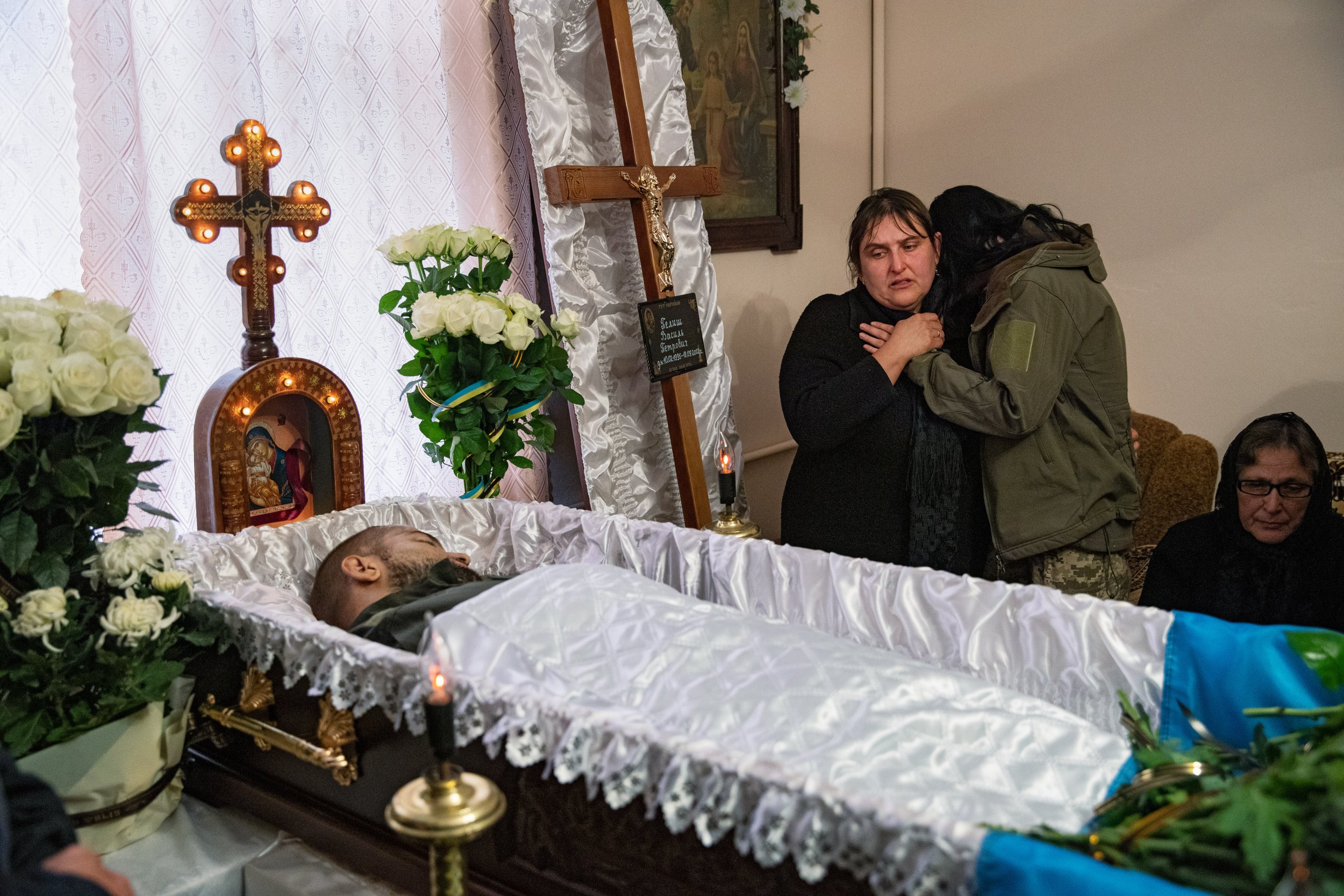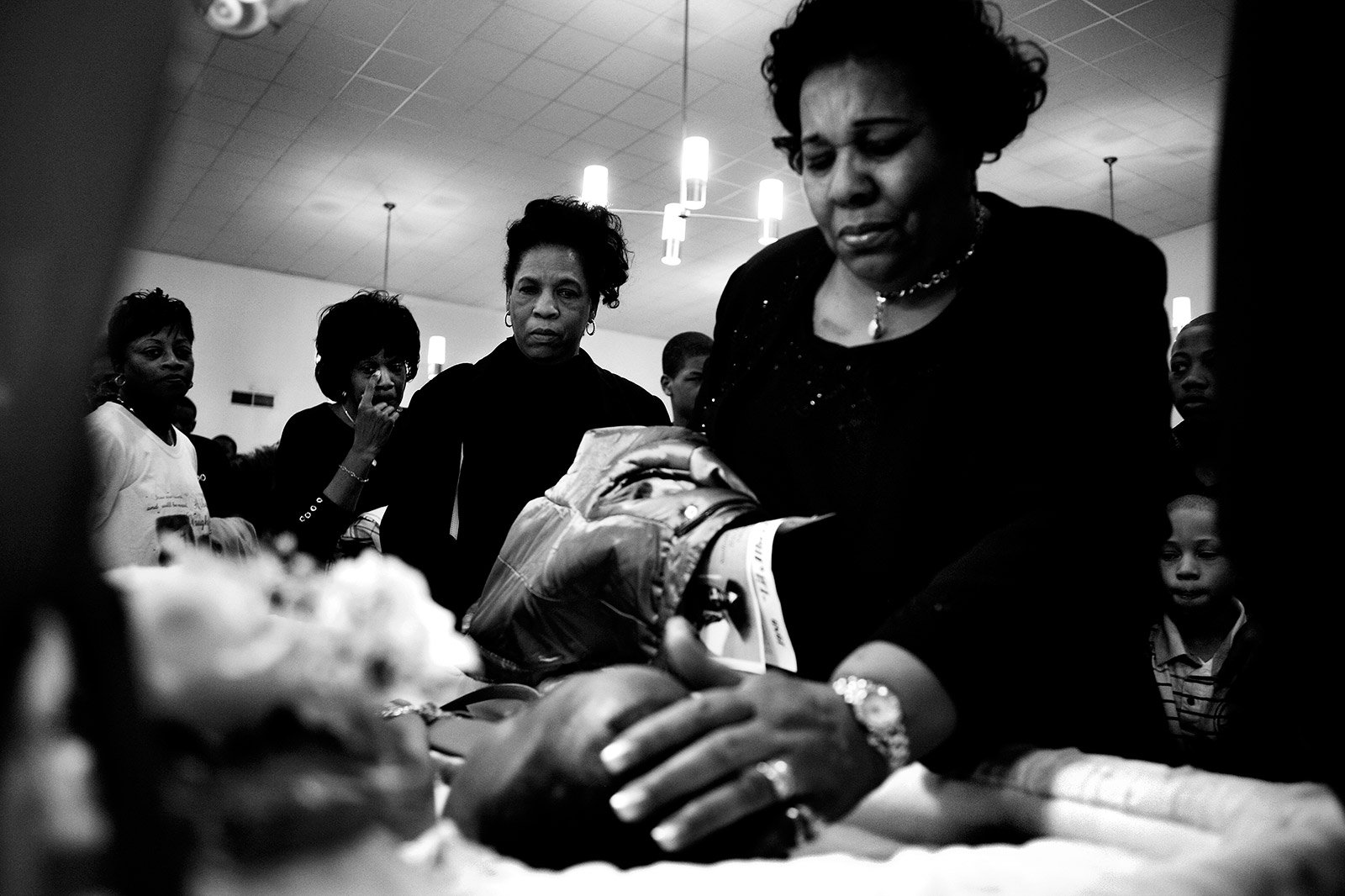
The Aftermath Project’s Lessons strengthen visual literacy and analysis skills by engaging educators and students in conversations about post-conflict issues using photography.
The Aftermath Project is founded on the idea that “war is only half the story.” As a nonprofit grant-making organization, we support photographers worldwide covering the aftermath of conflict.
-
The Aftermath Project is committed to telling the other half of the story of conflict — the story of what it takes for individuals to learn to live again, to rebuild destroyed lives and homes, to restore civil societies, to address the lingering wounds of war while struggling to create new avenues for peace.
-
Through our grants, exhibitions, publications and lesson plans, we are building a dialogue that: promotes a greater understanding of post-conflict societies and the efforts needed to rebuild them; deepens visual literacy; and sharpens critical thinking in defining what issues need our most urgent attention, in the media and in public policy debates.
-
The Aftermath Project Lessons strengthen visual literacy and analysis skills in secondary classrooms by engaging educators and students in conversations about post-conflict issues using documentary photography. Aftermath Projects tell stories of what it takes for individuals to learn to live again, rebuild destroyed lives and homes, restore civil societies, and address the lingering wounds of war while exploring new avenues and pathways for peace.
Ukraine in three parts
Photography by Justyna Mielnikiwicz, 2015, Joseph Sywenkyj, 2022, & Mateusz Sarello, 2023
This lesson pulls from three documentary photography essays that cover three different years of the Russo-Ukranian War and its aftermath—2015, 2022, and 2023. It is intended to stand as models for engaging learners of any age with the power of a single image to tell a complex and nuanced story.
Hidden Scars
Photography by Stanley Greene, 2013
Conflict photographer Stanley Greene returned to the Caucasus – a region he had covered as a war photographer – to explore the question “Can one rebuild the soul of a people the same way one can rebuild a country?”
American Memory
Photography by Andrew Lichtenstein, 2012
A series of landscape photographs of important historical sites across America that are startling in their exploration of memory and conflict, and the intersection of the past and the present. At the core of Lichtenstein’s work is his belief that “the first step towards healing a deep wound is acknowledgement.
Reclaiming the Dead
Photography by Rodrigo Abd, 2009
Rodrigo spent five years as an AP Photographer producing images that tell part of the story of the thousands of skeletons that have emerged from the mass graves all over Guatemala. He visited the communities to document part of the process. He still feels part of the story is missing that would give a more complete picture of the process of reparation, justice and restoration of dignity to the victims.
The Most Important Picture
Mentor: Brendan Bannon
Photographers: Fatima and Hany, 2015
Brendan Bannon met Fatima and Hany, two young Syrian refugees while teaching photography in refugee camps. The two young photographers documented life in the camps.
Memory Denied
Photography by Kathryn Cook, 2008
Kathryn Cook’s project Memory Denied: Turkey and the Armenian Genocide explores the memory of the Armenian massacres that occurred during the decline of the Ottoman Empire in the early 20th century. Recognized as “genocide” today by more than a dozen countries, Turkey still vigorously rejects that claim. Cook’s work follows the remains and traces of an ambiguous, dark history — the definition of which is still being fought over nearly a century later.
Bosnia's Long Road to Peace
Photography by Sara Terry, 2006
Sara Terry’s work covering the aftermath of war in Bosnia led her to found The Aftermath Project. Over the course of five years, she tried to capture the images that are the all too often forgotten companions of the vivid pictures of war itself. She believed, and still believes, that what happens in the aftermath of war is as newsworthy, if not more so, than the destruction and horror of war.
Too Young to Die
Photography by Carlos Ortiz, 2011
A long-term project about the aftermath of conflicts being waged nightly on the streets of Chicago, Philadelphia, Los Angeles and Boston. Ortiz seeks to educate the public about the effects of youth violence on young victims, their families and society as a whole.
Faith in Chaos
Photography by Pep Bonet, 2008
Pep Bonet’s project about young people rebuilding their lives in post-conflict Sierra Leone focuses on those most affected by the war — amputees, the blind and the traumatized.
Surviving Wounded Knee
Photography by Danny Frazier, 2010
An exploration of the aftermath of the 19th century Wounded Knee massacre in South Dakota and of the 1973 stand-off between the American Indian Movement, which occupied Wounded Knee for 71 days, and the US government. Wilcox examines the plight of the Lakota Indian people who are still fighting for disputed lands.

























